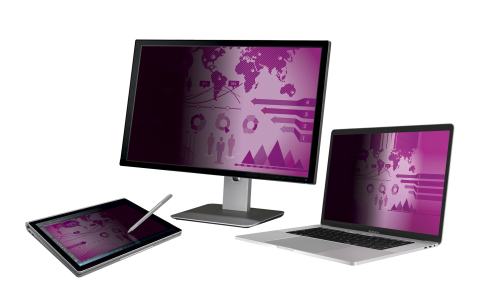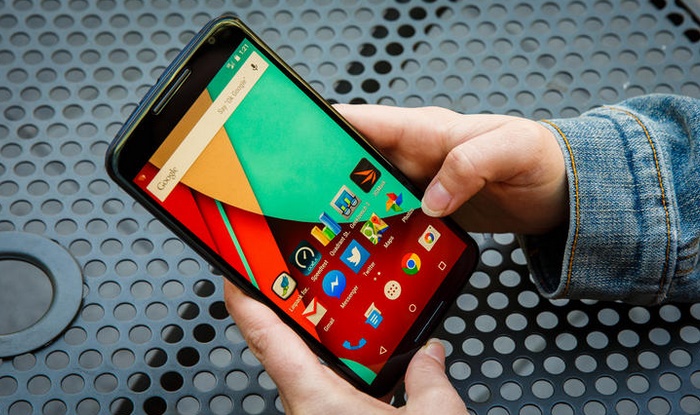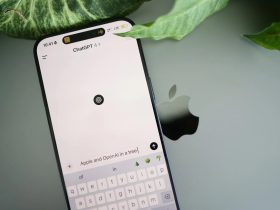
When I was 12, my family owned a small, 480p box TV. I also owned a PS3 at the time and, for so long, played on that TV. No HD, no bright, vivid colors, just the flat display with a resolution that barely scaled to the game I was playing.
Nowadays, my watch almost reaches the same resolution, and it fits on my wrist! And when it comes to TVs…night and day. Remember when low-end 4K TVs cost an arm and a leg? Now you can get a good-enough 4K TV for the same price as a PS4. It’s insane how far displays have come in the past decade, let alone the past two.
But what about the future? Is 4K already becoming the new 1080p? How high can we go when it comes to resolution?
The Adoption of 4K
While 4K displays have been around for a few years, it’s only now that they’re being adopted by the general public. Many movies are being adopted for 4K viewing and HDR, and how can you forget current-gen gaming consoles advertising their ability to display games in 4K?
4K monitors are also becoming more common, especially in creative fields like graphic design or art in general. However, some companies are deciding to push forward, skipping 4K in favor of higher resolutions. Take for example Apple’s Pro Display XDR, which sports a 6K resolution screen. That’s insane! Now I can view my Mac’s VPN “On” button in 6K! Hype much?
But in reality, this isn’t even the highest that displays have gone! Dell sells an–expensive–8K monitor. For only $3,900, you can view content in a resolution that isn’t even supported by movies yet!
Let’s forget about TVs and monitors though and bring our attention to other devices. Remember the watch I mentioned earlier? What about wearable technology? Portable devices?
Potential Technologies
There’s a lot of improvements being made in the display department, but perhaps the innovation that needs to be talked about is MicroLED displays.
There’s two types of modern display technology: LED and OLED. Both look good–if you buy from a reputable company–but OLED gives the best colors, brightness and overall picture. As the years have gone by, more and more devices have adopted OLED, especially phones from Samsung and Apple.
However, MicroLED promises the quality of OLED without the downsides. For example, OLED can burn in, which is when the image on the screen is permanently “burned into” the display. However, MicroLED doesn’t suffer from the same issue.
Right now, MicroLED is only usable in huge displays, like, 100+ inches huge, so don’t expect to be buy them this Black Friday.
And I can’t mention future display technology and not talk about bendable (foldable) displays. Sure, the Galaxy Fold was delayed and so was Huawei’s take on it, but the delay is for the better. Bendable OLED screens are new technology, and I do believe that it will, with enough time, become the new standard for phones.However, that’s a long way off so take that with a grain of salt.
The last thing I want to talk about is virtual reality displays. Back when the original Oculus Rift released, it geared a low resolution display that made everything look fuzzy and as far from real life as you can imagine. Now? VR headsets such as the Valve Index use a display of 1440×1600 per eye, making the game look that much closer to real life. And the VR market has only been active for around 5 years now, so imagine the next 5!
My point of this article is just to get you hyped up about the future of display technology. Technological progress can seem stagnant, but there’s always new improvements and innovations being made, all you need to do is look. And one day, you can look at these innovations with an 8K monitor you got at Walmart for $200.






Leave a Reply